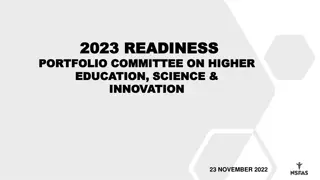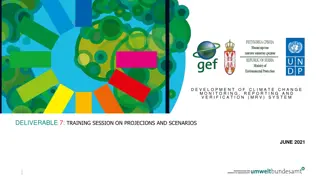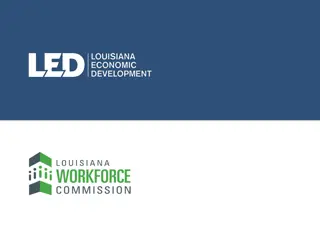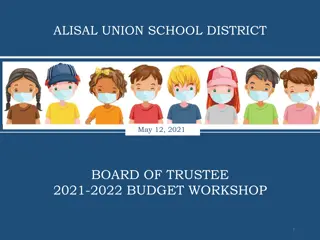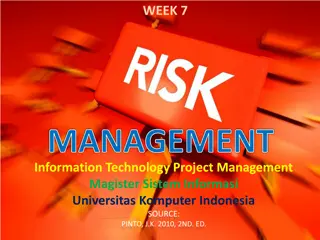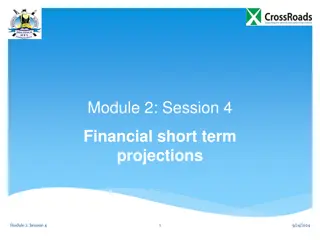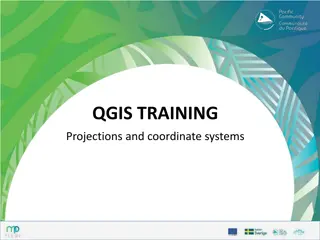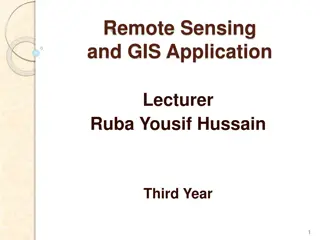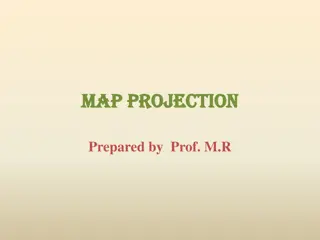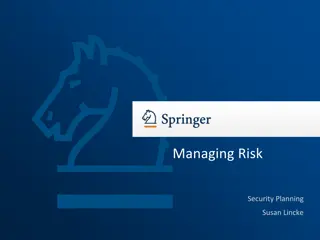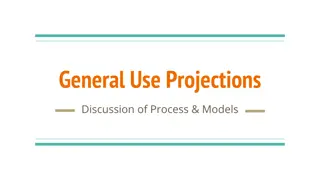
Comprehensive Risk Factor Identification for Food Insecurity Analysis
Explore the steps for identifying risk factors impacting food security, such as consumer prices, rainfall, conflict, and more. Learn how to monitor these factors and establish triggers for follow-up actions in analysis updates. Example from Cueibet, South Sudan in January 2020.
Download Presentation

Please find below an Image/Link to download the presentation.
The content on the website is provided AS IS for your information and personal use only. It may not be sold, licensed, or shared on other websites without obtaining consent from the author. If you encounter any issues during the download, it is possible that the publisher has removed the file from their server.
You are allowed to download the files provided on this website for personal or commercial use, subject to the condition that they are used lawfully. All files are the property of their respective owners.
The content on the website is provided AS IS for your information and personal use only. It may not be sold, licensed, or shared on other websites without obtaining consent from the author.
E N D
Presentation Transcript
Identification of risk factors Step 12 of the IPC Acute Analysis Worksheet Purpose: to identify triggers for analysis updates and validity of projections Example from Cueibet, South Sudan Jan 2020
Identification of risk factors Consider events that could increase or decrease food insecurity over the projection periods Examples include consumer prices, second season rainfall, conflict etc.
Identification of risk factors Often the same or related to the key drivers of current food insecurity (Step 6) Step 6: Cueibet, South Sudan January 2020 Step 12: Cueibet
Monitoring of risk factors Typically monitoring systems cover at least the following indicators: Prices Rainfall Disease epidemics (human and livestock) Conflict
Triggers for follow-up Identification of triggers for follow-up action Systematic action may lack even if monitoring systems exist Need for and difficulties in identifying cut-offs e.g. what price increase would trigger response and possible new analysis TWG to define what risk factor triggers to use in order to update an existing analysis/conduct a new analysis


